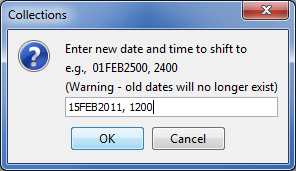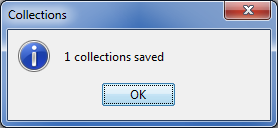Appendix B HEC-DSSVue Collection Utilities
Appendix B HEC-DSSVue Collection Utilities
Collections
HEC-DSS supports time series ensembles through the use of "collections", a group of similar datasets for the same time window. Typically, ensembles are historical or statistical conditions applied to current conditions for (short term) future conditions. For example, all historical precipitation for current month can be used a future precipitation for a hydrology model to obtain a potential flow dataset for each year.
A collection is implemented by using an F Part naming convention which starts with "C:" followed by the collection sequence, the pipe symbol "|" and then the regular F part. The sequence character string must be 6 characters long and may be simple integers or alpha-numeric strings, but must be unique within the collection and sortable. Characters following the separator will be the same for all members in the collection. DSS is able to identify a member of a collection by its F Part string.
Creating a Collection
You can either create a collection from a period of record data set or from an otherwise generated set of data. If you have a period of record data set, you can create the collection based on a time window or annual peaks.
Example 1 – Creating a collection from an Ensemble in MS Excel.
Use the Data Entry -> Import -> Excel wizard to import the data into HEC-DSS. This functionality is described in the HEC-DSSSVue User's manual.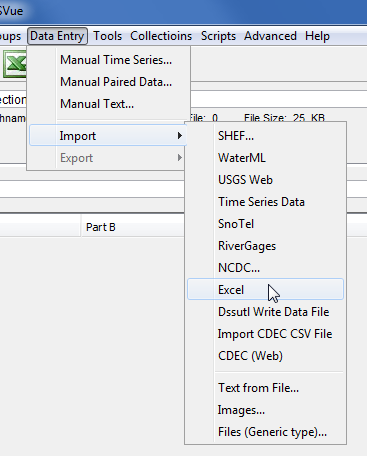
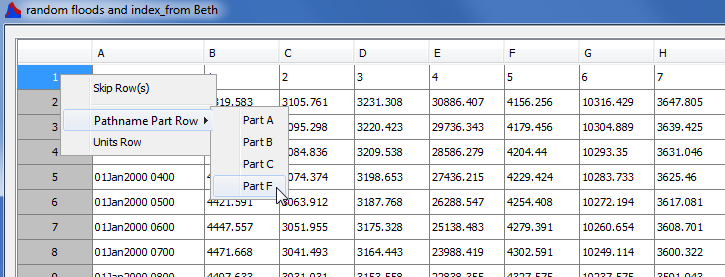
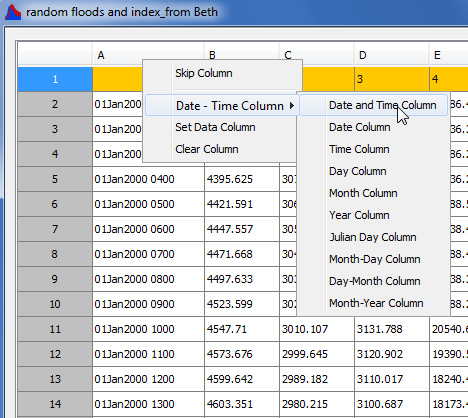
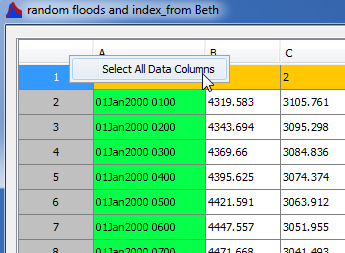
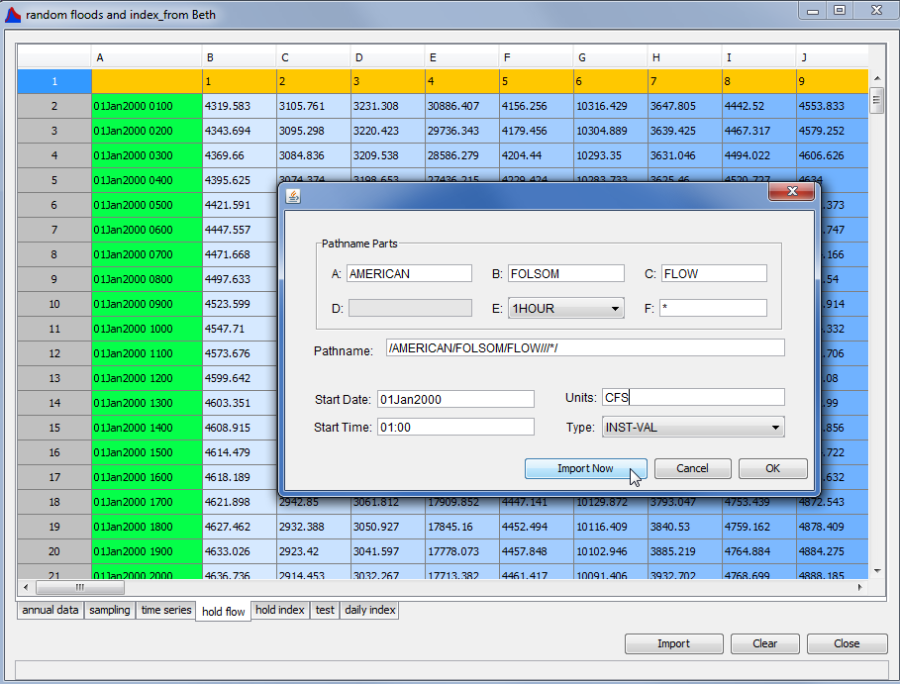

Once the data is in HEC-DSS, you can use the F part as the collection sequence number to generate the sequence. Select the records that you want to combine into a sequence. From the Collections menu, select New Collection Using Numeric F Part.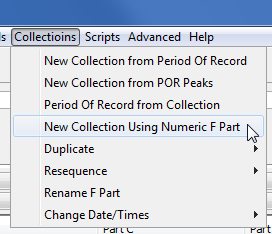

This will rename all the records into a collection sequence. You can go to the View menu and group all the data into one Collection Set.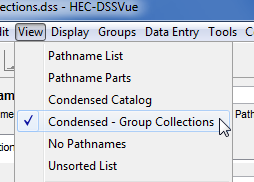

You may plot a collection, but you will probably want to turn off the legend. From the Edit menu on the plot, select Plot Properties, then the Legend tab. Uncheck Show Legend and then press Apply. 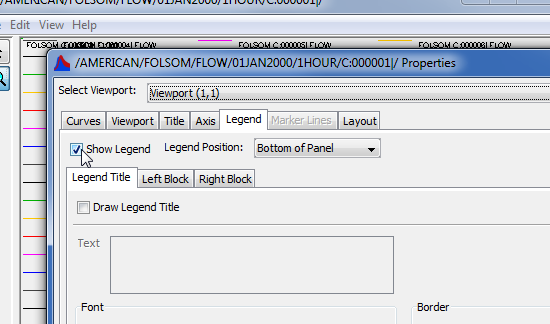
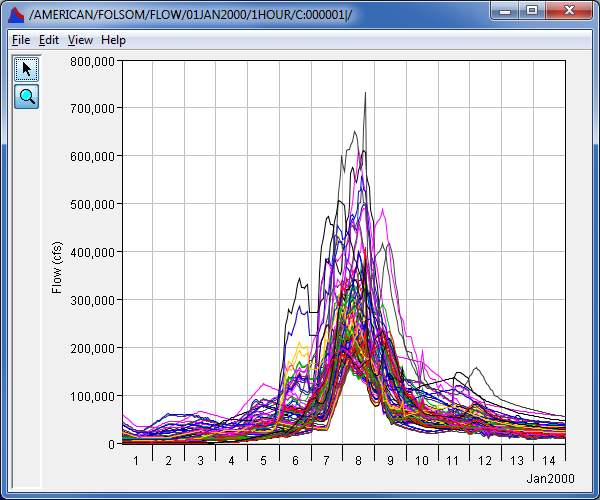
Method 2: Generate a Collection from a Period of Record data set
You can generate a collection from a period of record data set, based on a date range (for example December 15 through January 25) or based on annual peaks. For ensemble data sets, the date range method may not be as useful as dates generally do not define events.
With the condensed catalog view set, select one or more data sets. From the Collections menu, select New Collection from Period Of Record.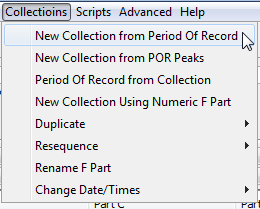
The date range needs to be defined. Enter the starting date of the range. You do not need to enter a year, as the date range is year independent.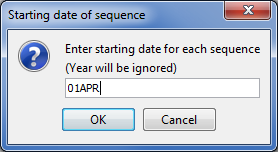
Then enter the end of the date range.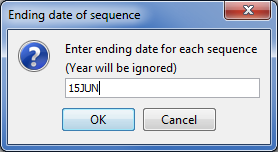
Enter the starting sequence number or leave bank to use the year as the sequence number (most common.) 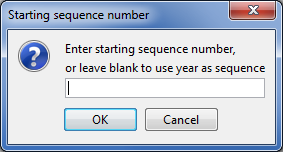
A collection aligns all data to one specific time window (which you can change later). Generally, the year 3000 is used for generated data that does not have a specific year associated with it.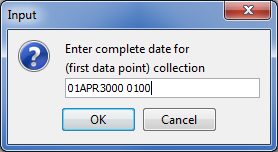
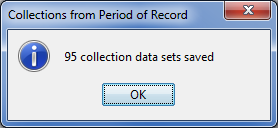
If you select Group Collections from the View menu, you should see one line representing the entire collection.

Method 3: Generate a Collection from a Period of Record Peaks
You can generate a collection from a period of record data set based on annual peaks, using a time window around each peak.
With the condensed catalog view set, select one or more data sets. From the Collections menu, select New Collection from POR Peaks. 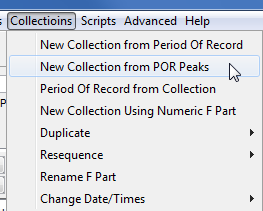
Provide the time window, in days, that surrounds each annual peak.

Enter the starting sequence number or leave bank to use the year as the sequence number (most common.)
A collection aligns all data to one specific time window (which you can change later). Generally, the year 3000 is used for generated data that does not have a specific year associated with it.

If you select Group Collections from the View menu, you should see one line representing the entire collection.

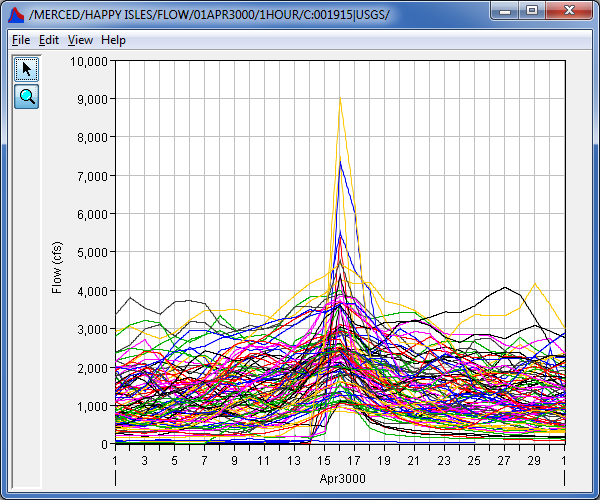
Generate Period of Record from a Collection
You can generate a period of record from a collection. This is useful for doing a statistical analysis, such as the Cyclic Analysis Function.
With the Condensed-Group Collections view set, select your collection. From the Collections menu, select New Collection from POR Peaks. 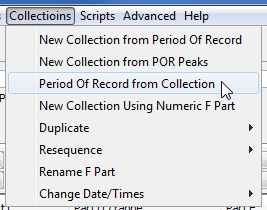
If the sequence number is not the year of the data set in the collection, specify a year to start the collection.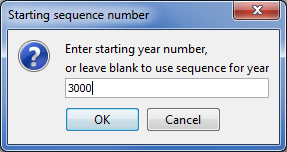
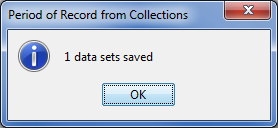

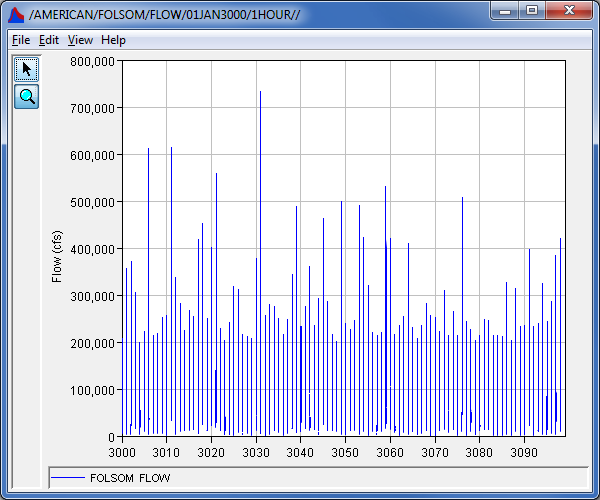
Duplicating Collections
You can duplicate a collection with new pathname parts or sequence numbers. For changing pathname parts A, B, and C, use the standard HEC-DSSVue Duplicate function under the Edit menu. To change the F part, with either a new sequence number or F part past the sequence, set the Condensed-Group Collections view, select your collection. From the Collections menu, select Duplicate and then either Using New Sequence Number or Adding to Sequence Number or New F part (same Sequence). Note: If you want to change both the sequence number and the F part, duplicate with a new F part first, then re- sequence the collection.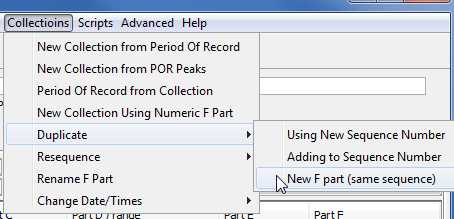
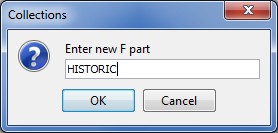
or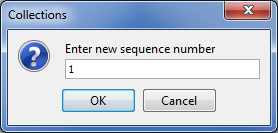
or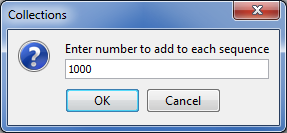
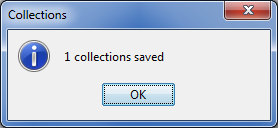
Re-sequence Collections
You can re-sequence collections by providing a new starting sequence number or adding to the existing sequence number. Re-sequencing does not duplicate the collection, it moves (actually renames) it. To re-sequence, set the Condensed-Group Collections view and select your collection. From the Collections menu, select Re-sequence and then either Using New Sequence Number or Adding to Sequence Number. 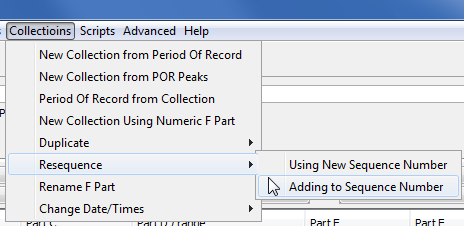

or
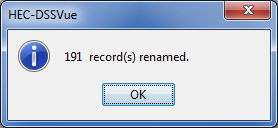
Rename Collection F Part
You can rename the F part of a collection (that part that follows the vertical bar) by selecting your collection. From the Collections menu, select Rename F Part. (To rename other parts, use the standard Edit -> Rename function.)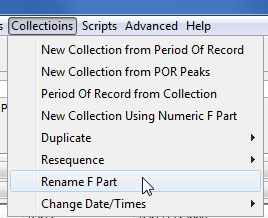
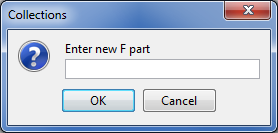

Change Date / Time
You can change the dates and times of collections. For example, if you had an ensemble that started Jan 1, 3000, you could copy it in time to the current date and use it in your forecast or other real-time analysis. You can either copy your collection to a new date/time or shift (move) it to a new date/time. When you shift a collection, the previous dates and times will no longer be there. Typically, copying is used to copy an ensemble from an arbitrary time (e.g., Jan 3000) to a current or historical time where it can be used in analysis, and shifting is used to move the data a little, for example the data starts at 2400 hours and you need it to start at 1300 hours.
To copy or shift a collection in time, set the Condensed-Group Collections view and select your collection. From the Collections menu, select Change Date/Times and then either Copy or Shift.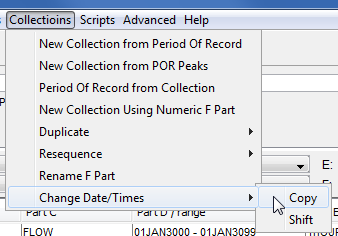
Then enter the complete date and time to shift or copy the collection to. Use the same format as shown in the example.